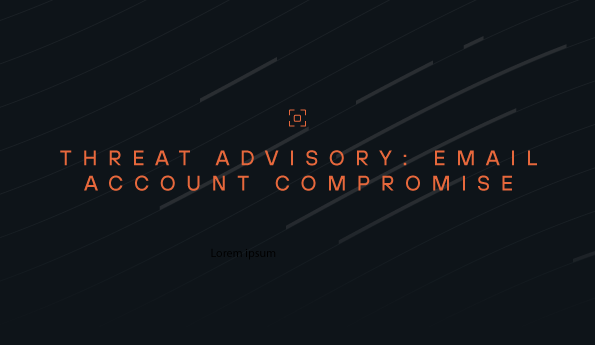The role of context in cybersecurity
In an age where cybersecurity threats loom large, the importance of context cannot be overstated. Cybersecurity measures are not just about installing firewalls or employing the latest encryption techniques; they also heavily rely on understanding the context in which these measures operate. This blog delves into the critical role that context plays in cybersecurity and how it can make the difference between a breach and a robust defense.
Understanding context in cybersecurity
At its core, context refers to the surrounding circumstances that give meaning to an event or action. In cybersecurity, determining context relies on a multitude of factors, including but not limited to:
- User behavior: understanding typical user behavior patterns can help identify anomalies that may indicate a security threat. For instance, logging in from an unusual location or at an odd time could signal a compromised account.
- Network environment: the configuration of the network, including devices, protocols, and traffic patterns, provides valuable context for detecting and mitigating threats. Anomalies in network traffic or sudden spikes in activity may indicate a cyberattack in progress.
- Threat intelligence: keeping abreast of the latest threat intelligence is crucial for understanding the context of potential security threats. By analyzing threat data specific to their industry or region, organizations can better anticipate and defend against cyber threats.
- Application behavior: understanding how applications behave under normal circumstances allows for the early detection of anomalous activity that may indicate a security breach or malware infection.
Combining these aspects allows security teams to better understand the root cause of threats to their environment, which in turn helps them to better address and remediate them. By connecting each event and correlating them together, it’s easier for security practitioners to follow an attacker’s path through a network, helping them identify what’s been affected and how to prevent further intrusion. Of course, determining this context manually can take time and effort, adding friction to processes that need to be streamlined.
The role of context-aware security solutions
Context-aware security solutions take that work off of the shoulders of security teams. Using behavioral analysis, threat intelligence, and other data points, context-aware security solutions enhance cybersecurity defenses and streamline processes. With these contextual factors, teams can act in real time to make more informed decisions about potential threats. Some examples of context-aware security measures include:
- Behavioral analytics: By analyzing user behavior patterns and comparing them to established baselines, behavioral analytics solutions can detect deviations that may indicate a security threat.
- Conditional access controls: Context-aware access controls incorporate factors such as user location, device type, and time of access to determine the level of access granted. For example, a user attempting to access sensitive data from an unfamiliar location may be subjected to additional authentication measures.
- Threat intelligence integration: Security solutions that integrate threat intelligence feeds can provide contextual information about known threats, allowing organizations to prioritize and respond to security incidents more effectively.
- Dynamic risk assessment: Context-aware risk assessment solutions continuously evaluate the security posture of an organization based on contextual factors such as emerging threats, network activity, and user behavior.
Learn more
In the ever-evolving landscape of cybersecurity threats, context is key to staying one step ahead of cyber adversaries. By understanding the contextual factors that surround security events, organizations can bolster their defenses and mitigate risks more effectively. Context-aware security solutions play a crucial role in this endeavor, enabling organizations to adapt and respond to emerging threats in real-time. In essence, in the realm of cybersecurity, context truly is king.
Learn more about how you can incorporate context into your cybersecurity processes. Read our blog for more information.
See Todyl in Action
Learn how you can protect what you built.
Stay on the Cutting Edge of Security
Subscribe to our newsletter to get our latest insights.



